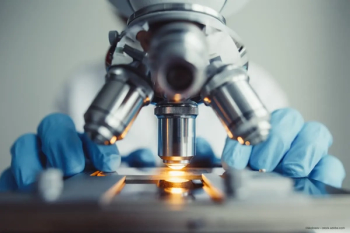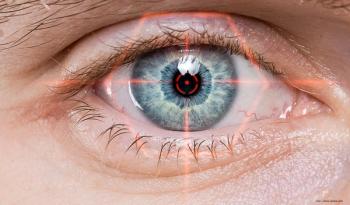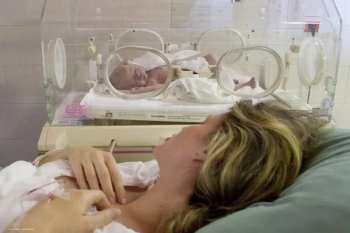
Managing highly distorted corneas with topography-guided treatment
Topography-guided LASIK, used with a comprehensive eye scanner (Pentacam, Oculus), has been very successful in minimizing severe corneal distortions and offers reliable registration in most cases.
Topography-guided LASIK, used with a comprehensive eye scanner (Pentacam, Oculus), has been very successful in minimizing severe corneal distortions and offers reliable registration in most cases, according to John Kanellopoulos, MD, in private practice in New York City and Athens.
Dr. Kanellopoulos has been using topography-guided software (Allegretto Wave Topolyzer, WaveLight) for 5 years at his clinic in Athens to treat extreme primary and surgery-induced irregularities.
This experience has taught Dr. Kanellopoulos that topography-guided customized ablation may require nomogram manipulation to adjust sphere, as the topographer does not read the refractive error in the eye. He and his colleagues also have found that corneal cross-linking either before or after the procedure may be effective in stabilizing the iatrogenic ectasias of keratoconus and, in the future, may reduce the number of transplants necessary to treat keratoconus.
Dr. Kanellopoulos has used topography-guided custom ablation in cases such as enlargement of the optical zone in re-treatment of residual hyperopia and severe irregularities caused by contact lens scarring. The technique was also used in an eye that had undergone four LASIK recuts, one of which may have resulted in loss of a corneal sliver. In this instance, Dr. Kanellopoulos performed topography-guided PRK.
While it seems to be safe and effective, topography-guided ablation also is likely to raise debates about when it is most appropriately used.
"For someone who has this technology available to them, there are ethical questions such as whether there will be treatment of early ectasias in order to avoid a corneal transplant in the future," Dr. Kanellopoulos said.
Newsletter
Get the essential updates shaping the future of pharma manufacturing and compliance—subscribe today to Pharmaceutical Technology and never miss a breakthrough.













































